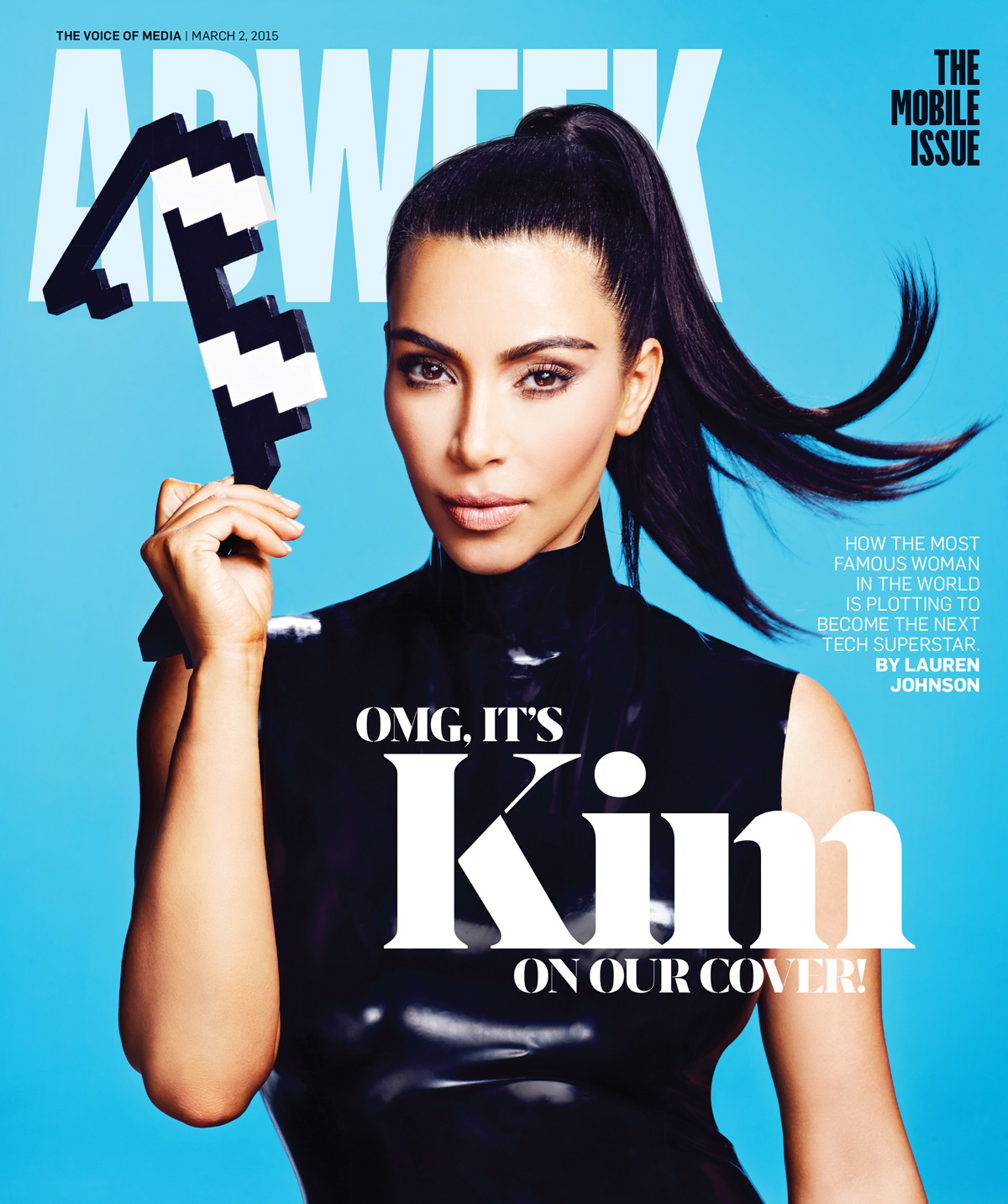Women-owned businesses are most likely to use social media. Men! What y’all doing?
By MediaStreet Staff Writers
A woman-owned small business is more likely to use social media, according to a new survey from Clutch, a leading B2B research and reviews firm.
Among women-owned businesses, 74% use social media, compared to 66% of men-owned businesses.
The findings came as no surprise to experts, who said women overall are more likely to use social media. Given that trend, female small business owners more easily can bring their business onto social media.
“Women are generally better conversationalists than men,” said Jeff Gibbard, chief social strategist at digital agency I’m From the Future. “They tend to be more expressive and more emotive. It’s no surprise to me why more women business owners use social media.”
Women often communicate better than men, which translates to the online world where they are more likely to use social media effectively.
Millennial-Owned Small Businesses Lead Social Media Use
There is also a generational divide among small businesses’ social media use. The survey finds that 79% of millennial-owned small businesses use social media compared to 65% of small businesses owned by older generations.
Millennials, like women in general, frequently use social media for their personal lives. Their social media skills easily carry over into their businesses – unlike older generations, experts say.
“The older people didn’t grow up with social media, so many don’t understand how to use it for their business,” said Shawn Alain, president of social media agency Viral in Nature. “They went through a significant part of their life without even the internet, and they remember what it was like not to have a smartphone or email.”
Millennials are also more likely to use Instagram and Snapchat than older generations, but Generation Xers and Baby Boomers are more likely to use LinkedIn.
Most Small Businesses Use Facebook
Facebook remains the most popular social media channel for small businesses, no matter the gender or generation of the owner – 86% say they use it, which is nearly twice the number of small businesses that use the second-place channel, Instagram (48%).
Among small business users of social media, 12% say they use Facebook exclusively for their social media efforts.
Overall, 71% of small businesses use social media, and more than half (52%) share content at least once per day. Images and infographics (54%) are the most popular content types that businesses post to social media.
Read the full report here.
Do you supply services to the Irish Media Industry? Have you listed your company in our Media Directory? It’s free! Everyone’s favourite price! Click here to do it now.































